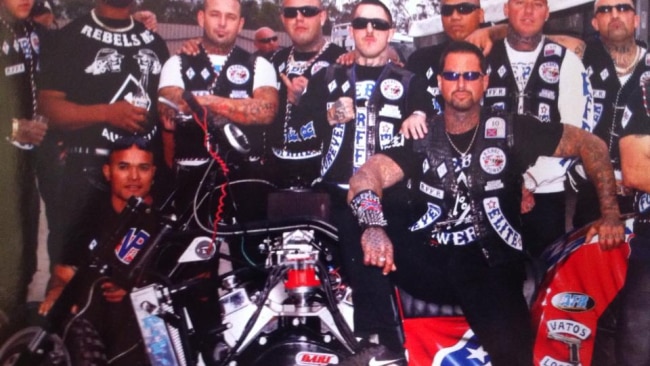Homicide squad’s new deadline for cracking murder cases
THE STATE’S top homicide investigators are swamped with murder cases, forcing police to consider sending cases that aren’t solved within six months to the coroner.
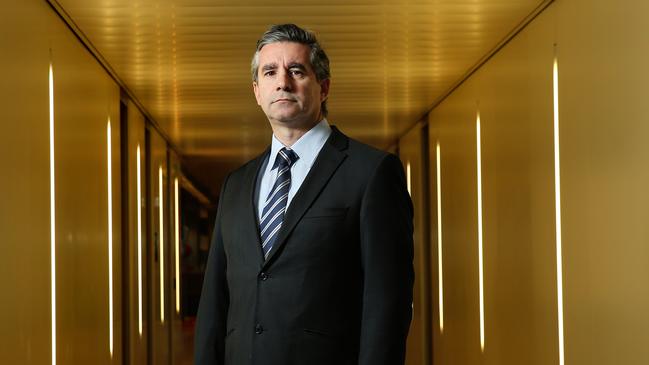
NSW
Don't miss out on the headlines from NSW. Followed categories will be added to My News.
HOMICIDE cops are so swamped with murder investigations they are introducing a six-month cut-off to solve cases before deciding if they should be sent to the coroner.
With about 600 unsolved cases on their books, the new benchmark is meant to free up detectives to concentrate on new murders as they happen.
Police are juggling at least 80 active cases while the remainder are cold cases. Some painstaking and complex investigations have been running for years.
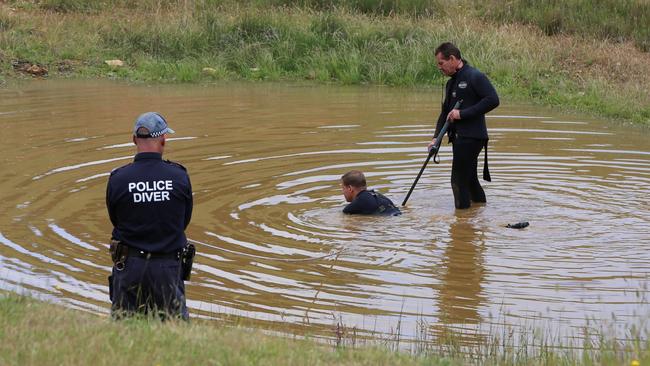
The workload is so high that at any given time at least 50 officers are seconded from stations around the state to support the overstretched homicide detectives.
And while the number of murders in NSW is now less than a decade ago, detectives say they are taking longer to solve, with advances in technology creating huge volumes of evidence to sift through.
By fast-tracking investigations to the coroner’s court, senior officers want to make use of its powers, such as compelling witnesses to give evidence, while providing victims’ families with answers sooner.
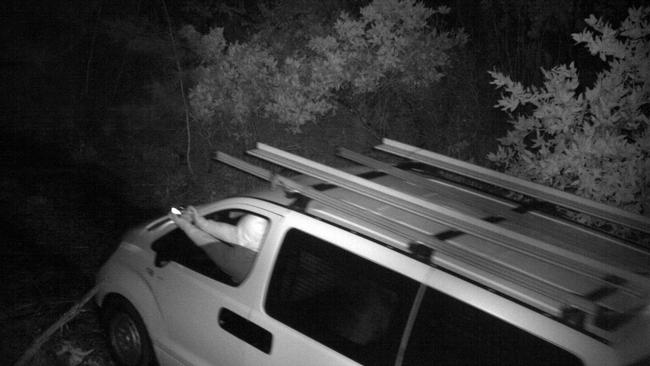
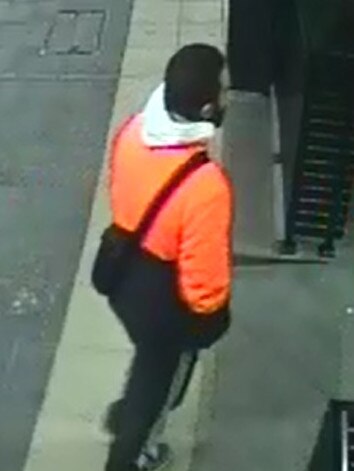
“It is imperative that we get more outcomes for more victims and sooner,” squad boss Det Supt Scott Cook said.
Every new homicide investigation will now be subject to a six-month review by a panel of senior police.
The panel will weigh up whether the investigation is progressing properly, has realistic time frames, enough resources or has simply run out of steam.
“In some circumstances this means, when it is appropriate to do so, we will refer matters for coronial inquest earlier rather than later,” Superintendent Cook, who took over as the squad commander in December, said.
“All the changes we are making are designed to capitalise on more opportunities to solve homicide matters.

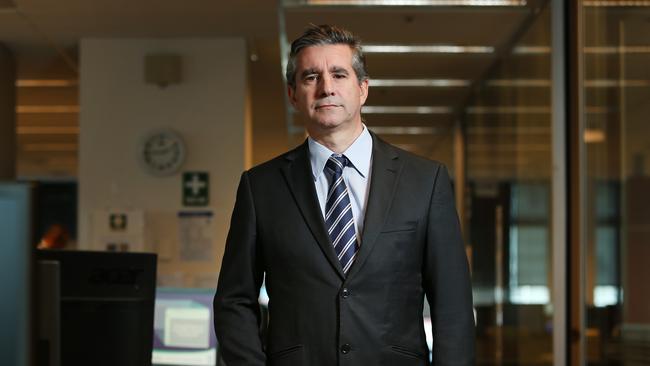
“We will continue to adjust our approach in response to need and we will continue to strive for the best outcomes for victims and their families.”
Several of the state’s high-profile cases, including the gangland killings of bikies Mark Easter and Ricky Ciano and the disappearance of William Tyrrell, have already been reviewed this year.
The intensive month-long search that kicked off on the mid-north coast last week seeking clues to three-year-old William’s disappearance is a step in that process.
Unsolved or unexplained deaths that go to inquest are often referred to the Unsolved Homicide Team.
POLICE KNOW WHO SHOT MICK HAWI OUTSIDE GYM
For many years the number of those cases have been coming in faster than homicide detectives can solve the ones they are already working on.
To deal with the backlog, the team is triaging its 500 cold cases into investigations that can be solved and others that won’t be closed but reviewed every six months.
On his way out of the role earlier this year, former State Coroner Michael Barnes revealed NSW was not holding as many inquests as it could because it did not have the resources.
The coroner’s court in this state has half the funding of its counterpart in Victoria.
SPECIAL INVESTIGATION

► CHAPTER ONE: Inside the squad that beat Sydney’s gangs
► CHAPTER TWO: The real-life police fight club


